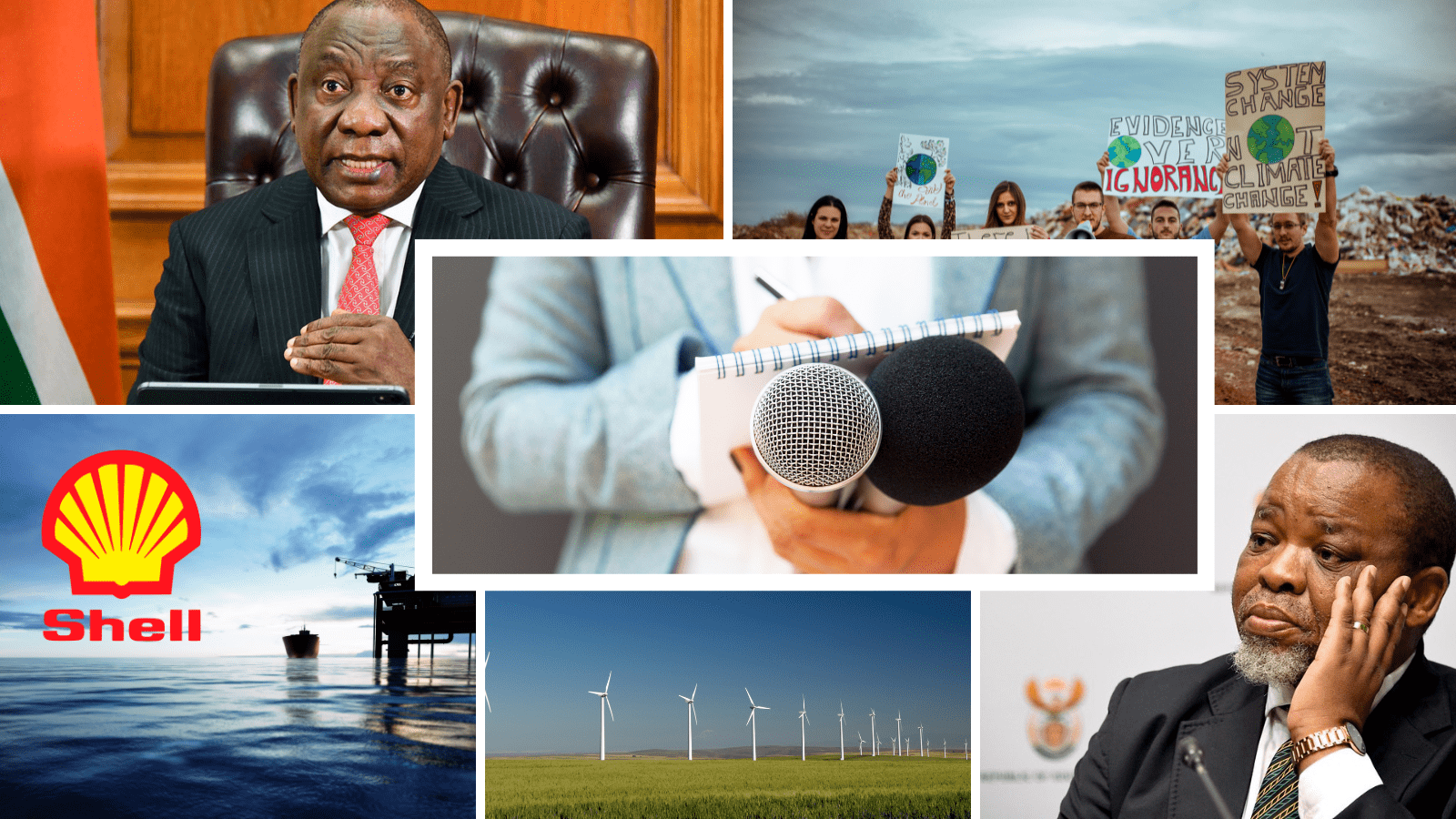In July, we gave you five reasons why Donald Trump’s return to the White House would be bad for us all. Well, that’s (shockingly) happened, and now, surprising absolutely no one, US President-elect Trump is gunning for BRICS.
What happened?
The Don began his December strong by threatening BRICS countries to abandon the idea that they could replace the US Dollar as the leading international trade currency. “They can go find another “sucker!” There is no chance that the BRICS will replace the US Dollar in International Trade, and any Country that tries should wave goodbye to America,” said the former reality tv star in a tweet. He threatened to impose 100% (!!) tariffs on BRICS member states should the currency see the light of day.
The idea that the BRICS Countries are trying to move away from the Dollar while we stand by and watch is OVER. We require a commitment from these Countries that they will neither create a new BRICS Currency, nor back any other Currency to replace the mighty U.S. Dollar or, they…
— Donald J. Trump (@realDonaldTrump) November 30, 2024
Recap: BRICS is a grouping of non-Western countries, initially including Brazil, Russia, India, China, and South Africa. It was founded in 2006 on the premise that international institutions were overly dominated by Western countries and had stopped serving developing countries.
We officially joined in December 2010 after China invited us to the party. This year alone, Egypt, Ethiopia, Iran and the United Arab Emirates joined BRICS, and more states are interested in joining.
A new currency?
So, just what is Trump talking about? Well, last year, at the BRICS summit held in Sandton, Johannesburg, Brazil’s president Luiz Inacio Lula da Silva called for BRICS nations to create a common currency for trade and investment to reduce their vulnerability to dollar exchange rate fluctuations.
Talks of BRICS currency also featured very heavily at this year’s summit in Kazan, Russia, where Russian President Vladimir Putin showed a mock bank note containing the flags of the main member states.
While the idea of a BRICS currency is always a hot talking point and would offer independence from the US Dollar, experts say it might not even happen. It would take a lot to get it off the ground, and with 80% of the world trading in the dollar, it’s a tall order.
Our government said this morning that there were no plans to establish a BRICS currency, saying that the discussions were for members of BRICS to use their currencies while trading with each other. “Recent misreporting has led to the incorrect narrative that BRICS is planning to create a new currency,” the Department of International Relations and Cooperation (Dirco) said in a statement. “This is not the case. The discussions within BRICS focus on trading among member countries using their own national currencies.”
It is true, however, that there is a case for the “de-dollarisation” of the world. Local political analyst William Gumede has pointed out in a previous op-ed that “even if a BRICS currency is not feasible, the global challenge remains that using the dollar as the world’s only reserve currency makes developing countries prone to negative spillovers from US monetary policies and its economic and political crises — even though the developing countries have no say in US policy-making.”
But getting there would take a long time if it ever happens. Gumede points out it took 50 years for a full switch to take place when the dollar overtook the pound as the global reserve currency.
But Trump is seeing the sign, and as is his wont, making his threats loud and clear. And tariffs are his favourite form of threats when it comes to international relations.
It’s not just BRICS in the firing line
Trump’s latest warning to BRICS comes barely a week after he threatened to impose tariffs on Canada, China and Mexico after his inauguration. He said these tariffs would stay in place until these countries halted the flow of migrants and drugs to the US.
Trump and the Republicans’ brand of protectionism, touted as “America First,” sounds appealing to his base but spells trouble for the rest of us. By imposing hefty tariffs on imported goods and services, Trump aims to bring jobs back to America. However, this approach often backfires.
Earlier this year, the US House of Representatives wanted to pass legislation requiring outgoing president Joe Biden’s administration to thoroughly review America’s relationship with South Africa. Tensions between the United States and South Africa have cast uncertainty on our bilateral relationship, especially concerning the African Growth and Opportunity Act (AGOA).
This is particularly bad for developing nations, which rely heavily on exporting goods to the US.
Trump’s hardline stance on China also poses significant risks globally. Escalating tensions between these two superpowers could lead to economic instability worldwide. For developing nations, this means disrupted supply chains, increased costs of goods, and potential involvement in proxy conflicts.
The US-China trade war under Trump’s previous term led to increased tariffs, impacting global markets. Developing nations were caught in the crossfire, with export markets shrinking and economic growth stalling. A repeat performance could prove disastrous, especially in a post-pandemic world still struggling to recover.
Now that we’ve clarified our stance, will Trump back down? History suggests no, but we’ll wait and see.
Tshego is a writer and law student from Pretoria. A keen follower of social media trends, his interests include high fantasy media, politics, science, talk radio, reading and listening to music.
He is also probably one of the only people left who still play Pokemon Go.
- This author does not have any more posts




